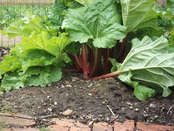
The idea is, apparently, that the calcium oxalate found in the leaves kills the fungus. However, when tested at the University of Edinburgh in 2008, it was found that the use of rhubarb had no significant effect. What little effect it did have was due to the calcium, which increased the soil pH slightly.
The usual way of keeping clubroot at bay (apart from being very careful when buying plants) is to practice good crop rotation and lime the soil well before planting. The lime (calcium carbonate in the case of powdered chalk) has a much more powerful effect in controlling clubroot, but crop rotation is also very important. Rhubarb has no noticeable effect.
For more about crop rotation click here
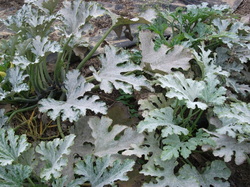
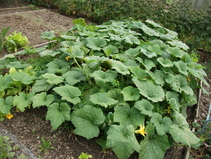
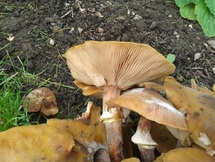
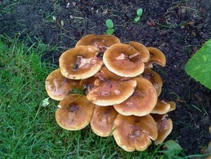
 RSS Feed
RSS Feed
